
12 minutes read
SEO case study (2022-2023): +10K clicks in 6 months
Table of contents
- → Introduction
- → SEO helps you reach people
- → What SEO is not
- → What to do to get more traffic from search engines
- → Bonus: use premium tools to ease the process and scale
- → These practices translate to results. Here are the proofs.
Introduction
Since I started in September 2022, clicks on Google went from 0 to more than 10,000.
In this SEO case study, I’ll show you everything I did to get there.

SEO helps you reach people
For me, traffic is like money; it should be as passive as possible. Let me explain.
When promoting your content on social media, you might get two or three visitors or thousands, depending on your popularity. But no matter who you are, this will be a short traffic spike.
Writing content people search for on Google and others will potentially drive traffic indefinitely.
Trust me, it’s not that hard.
But it requires patience. Lots of it.
What SEO is not
- A hack;
- A quick win;
- A low-effort venture;
- A matter of using the proper HTML tags.
The big misconception about SEO is that most people think you just need to install a WordPress plugin, which will magically do good for your website.
You will see in this article that it’s not.
I recommend that you stop reading if you’re not ready to put the work in.
What to do to get more traffic from search engines
Index your pages immediately; don’t wait for Google
The Google Search Console is a precious tool. You can get valuable data about how your pages are doing in the SERPs (Search Engine Results Pages).
But did you know you can actually “force” Google to crawl your pages as soon as you publish them?
In the search field at the top of the console, enter any new or updated URL, and Google will (most of the time) crawl it and update its index in hours.
This practice is well documented by Google.
 {: width=“1280” height=“720”}
{: width=“1280” height=“720”}
Don’t discourage visitors; make your website load fast
As a web developer, I have the luxury of not having to use WordPress or any other platform.
My blog lays on a completely custom platform I coded from A to Z.
Therefore, I can guarantee high scores on various benchmarks (Pagespeed Insights, for instance). It’s natural for me to apply all kinds of web performance best practices.
If you’re using something like WordPress, I recommend being careful when choosing themes and plugins, as most are low quality and can significantly impact your site’s performance and, therefore, your rankings.
Learn more about page experience signals from Google and use PageSpeed Insights to check your Core Web Vitals according to Google. And, as a bonus, check out this article I wrote about them: Core web vitals aren’t that important for Google.
 {: width=“1280” height=“720”}
{: width=“1280” height=“720”}
One other thing before I forget:
- Articles should only use one
<h1>heading; - Use lower level headings for sections (
<h2>,<h3>, etc., always in descending order). - Use relevant keywords inside your headings (abuses are penalized, so be wise).
But there’s more to technical SEO. Keep on going using Google’s SEO starter guide (which is a goldmine for those who are serious about SEO).
Get your content in front of people thanks to keyword research
Keyword research is finding words and phrases that people use when searching for information on the internet.
By doing it, you can learn what people are looking for and how to make your website more visible to them.
To do keyword research, you can use free means like:
- Google’s autocomplete suggestions
- “People also ask” on the SERPs
Then, put your findings in Google’s keyword planner. You’ll be able to see:
- The monthly amount of search on a given keyword;
- The competition, which can be low, moderate or high.
When you’re starting, ranking for low-competition keywords is easier and quicker. Because Google doesn’t trust your website and they don’t want to show it to too many people yet.
Once you have everything you need, you can start writing blog posts around them. This will help your website frequently appear in search results and, ultimately, get more traffic without lifting a finger.
Some bloggers who mastered this process do this at scale and it can become extremely time consuming.
That’s why they (and I) use an all-in-one tool to do everything faster: Semrush. Here’s how it can benefit you:
- Track your rankings and your competitors on Google
- Keyword research and discovery, which is invaluable
- Content audit and optimizations ideas to rank higher
There’s a free trial, so give it a shot. 👍
Feed Google with content to show to people
Pick a keyword and write a minimum viable version
Get a keyword and write a minimum viable version of the article around it.
Let it rank, and see what shows up in the Google Search Console. You will see keywords with a lot of impressions, but not a lot of clicks. This is a sign that you could update your article and optimize around this keyword.
Make your articles snippet-friendly
Let’s say you’re writing an article about Laravel 10. People often Google “laravel 10 release date”. To get a snippet for this, my strategy is always the same:
- Add a
<h2>and ask the question, “When will Laravel 10 be released?” - Then, answer the question right after it in the simplest way possible, like “Laravel 10 is scheduled to be released on February 7, 2023.”
It always works for me, given enough time to rank.
Unfortunately, the official documentation for snippets is vague. I had to study how competitors get theirs first.
 {: width=“1280” height=“720”}
{: width=“1280” height=“720”}
Wait for it to rank and keep tweaking the article
After a few days in the Google Search Console, you will have a clear view of the keywords your article ranks for.
My strategy to keep ranking higher works quite well:
- Pick the keyword that gets the most impressions;
- Use it in the title of your article. For instance, “What’s new in Laravel 10?” becomes “Laravel 10: release date and new features”. The first part is the best-performing keyword, and the rest of the title is other keywords. This strategy seems to work pretty well for me. 👍
- Notify Google that your article has changed.
Get backlinks from other websites to boost your rankings
Link building isn’t most people’s cup of tea. Myself included. But it needs to be done because it’s one of the most critical ranking factors.
What are backlinks?
Backlinks are links from other websites to your website.
The more you have backlinks from quality websites with high authority; the higher Google can rank you in the search results.
For a backlink to be followed by Google’s crawler, it has to be an <a> tag without the nofollow value in the rel attribute. Otherwise, the authority won’t be passed to the target.
How do I get backlinks?
I essentially get them by posting community links on various popular websites in the niche (these links are also reused in newsletters, which is an additional channel of traffic).
Sometimes, my articles get noticed, and people link to them (on sites such as the JetBrains’ blog, Freek Van der Herten’s blog and Larachat for example).
It’s a passive way to build links, but it works.
Bonus: use premium tools to ease the process and scale
Successful SEO can be achieved by just analyzing Google’s SERPs, the search console, and the official keyword planner. You can stop there if you don’t have extra money to invest.
But you can do a hell of a lot more quicker, thanks to the tools below.
Semrush
 {: width=“1280” height=“720”}
{: width=“1280” height=“720”}
Semrush is an all-in-one tool in the belt of SEO-driven people. I can’t live without it. Here’s what it can do:
- Track your rankings and your competitors on Google
- Keyword research and discovery, which is invaluable
- Content audit and optimizations ideas to rank higher
Get started for free{:.font-bold}{:.btn-green}
Wincher
 {: width=“1280” height=“720”}
{: width=“1280” height=“720”}
People who are serious about SEO do at least these things:
- Track their rankings
- Track the rankings of their competitors
This is the only way to take strategic actions.
You need a third-party tool because Google doesn’t let you do it.
I fell in love with Wincher. This tool has the best UI and UX I ever saw. It’s a pleasure to use, it has a generous two weeks free trial and its reasonnably priced compared to others.
I even managed to get you 30€ off for your first invoice with the code WELCOME30.
Start your 14-day free trial{:.font-bold}{:.btn-green}
These practices translate to results. Here are the proofs.
What would be a SEO case study without actual numbers for the very blog you’re reading?
February 2023

The numbers:
- Clicks: 13.6K (94+%)
- Impressions: 446K (+66%)
- Average CTR: 3% (+15%)
- Average position: 17.7 (+11%)
This month saw the release of Laravel 10, which brought me a big spike of traffic for a few days.
Unfortunately, I wasn’t able to hold on my position, since the blog doesn’t have the necessary authority yet.
However, I’m now getting ~500 visitors per business day from Google, which is an improvement over last month.
January 2023

The numbers:
- Clicks: 7.02K (+68%)
- Impressions: 265K (+115%)
- Average CTR: 2.6% (-31%)
- Average position: 19.7 (+7.1%)
This month was the laziest of all, while also being the biggest growth I experienced.
I’ve written only 2 new articles, but I updated a bunch of the old ones multiple times.
I keep naturally acquiring backlinks, but they were very low quality this month.
December 2022

The numbers:
- Clicks: 4.18K (+74%)
- Impressions: 123K (+173%)
- Average CTR: 3.4% (-52%)
- Average position: 21.1 (+38%)
This month, I focused on monitoring my rankings, writing new content and improving existing articles.
I naturally acquired backlinks and even if it doesn’t really matter, my Ahrefs DR (Domain Rating) increased from 11 to 28!
November 2022
 {: width=“1280” height=“720”}
{: width=“1280” height=“720”}
The numbers:
- Clicks: 2.4K (+365%)
- Impressions: 45.8K (+60%)
- Average CTR: 5.2% (+420%)
- Average position: 29.3 (-13%) (it decreased because I rank for more keywords now)
For this month, my strategy was pretty much the same. I still wrote more articles and still tried to acquire new backlinks.
What I changed, though, is my way of writing titles. Now, I put the main keyword I want to rank for at the beginning. For instance, this article is called “SEO case study example (2022): +8986% clicks in 4 months”, because I try to rank for “seo case study 2022”.
As always, we’re never sure about anything that’s not officially documented by Google, but it seems to produce good results (but not for this article… yet).
October 2022
 {: width=“1280” height=“720”}
{: width=“1280” height=“720”}
The numbers:
- Clicks: 516 (+1021%);
- Impressions: 28.5K (+454%);
- Average CTR: 1.8% (+100%);
- Average position: 25.5 (+67%).
What I did:
- I wrote new articles based on keyword research;
- I updated articles based on what the competition was doing and when I felt I could structure them better;
- I naturally got high-quality backlinks from authorities in this niche by writing about emerging topics ahead of anyone.
The Google Discover effect
 {: width=“1280” height=“720”}
{: width=“1280” height=“720”}
I recently got picked up by Google Discover.
I’m not a Google guy outside of their search engine, so I didn’t know much about this service until they gave me 1.08K visitors in a day and a few hours.
I read about how it works on the official documentation, and things became more clear. My Laravel best practices: the definitive guide for 2022 showed up because:
- I became kind of an authority in the niche, thanks to a few very high-quality backlinks;
- I have an attractive image that makes you want to click (it’s the only image I have, by the way);
- I wasn’t clickbaity in the title.
The traffic from Google Discover dropped the next day substantially. I guess it’s like spikes on social media: it’s not worth it in the long run. But what do I know? Time will tell.
- Clicks: 1.08K;
- Impressions: 19.3K;
- Average CTR: 5.6%;
September 2022
 {: width=“1280” height=“720”}
{: width=“1280” height=“720”}
The numbers:
- Clicks: 46;
- Impressions: 5.14K;
- Average CTR: 0.9%;
- Average position: 42.7.
What I did:
- I set up a new site on a 7-year-old domain that was never used for anything good;
- I wrote a few articles based on keyword research;
- I “forced” Google to crawl them;
- I constantly updated all those articles whenever I noticed mistakes or improvements opportunities;
- I tried to build a few links on relevant websites.
Did you like this article? Then, keep learning:
- Discover strategies to fix common Laravel errors affecting SEO
- Learn how to fix the common "419 Page Expired" error in Laravel
- Improve your workflow with Alpine.js alongside Laravel projects
- Understand the importance of backlinks and how to build them
- Understand Google's Core Web Vitals relevance for SEO optimization
- See how Laravel 10 update improves performance and SEO potential
- Get started with Google Search Console and indexing strategies
- Explore benefits of using Semrush for SEO success
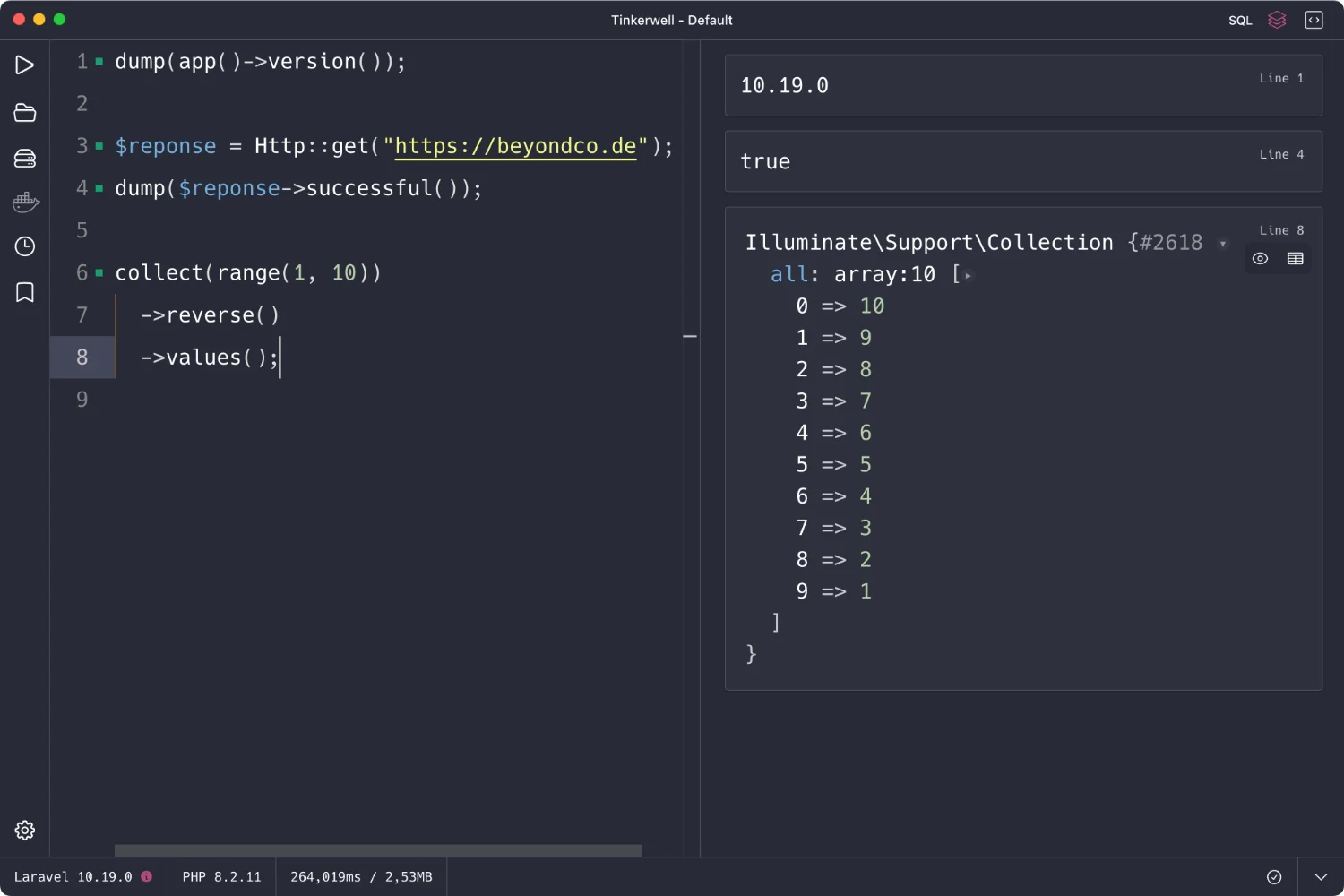
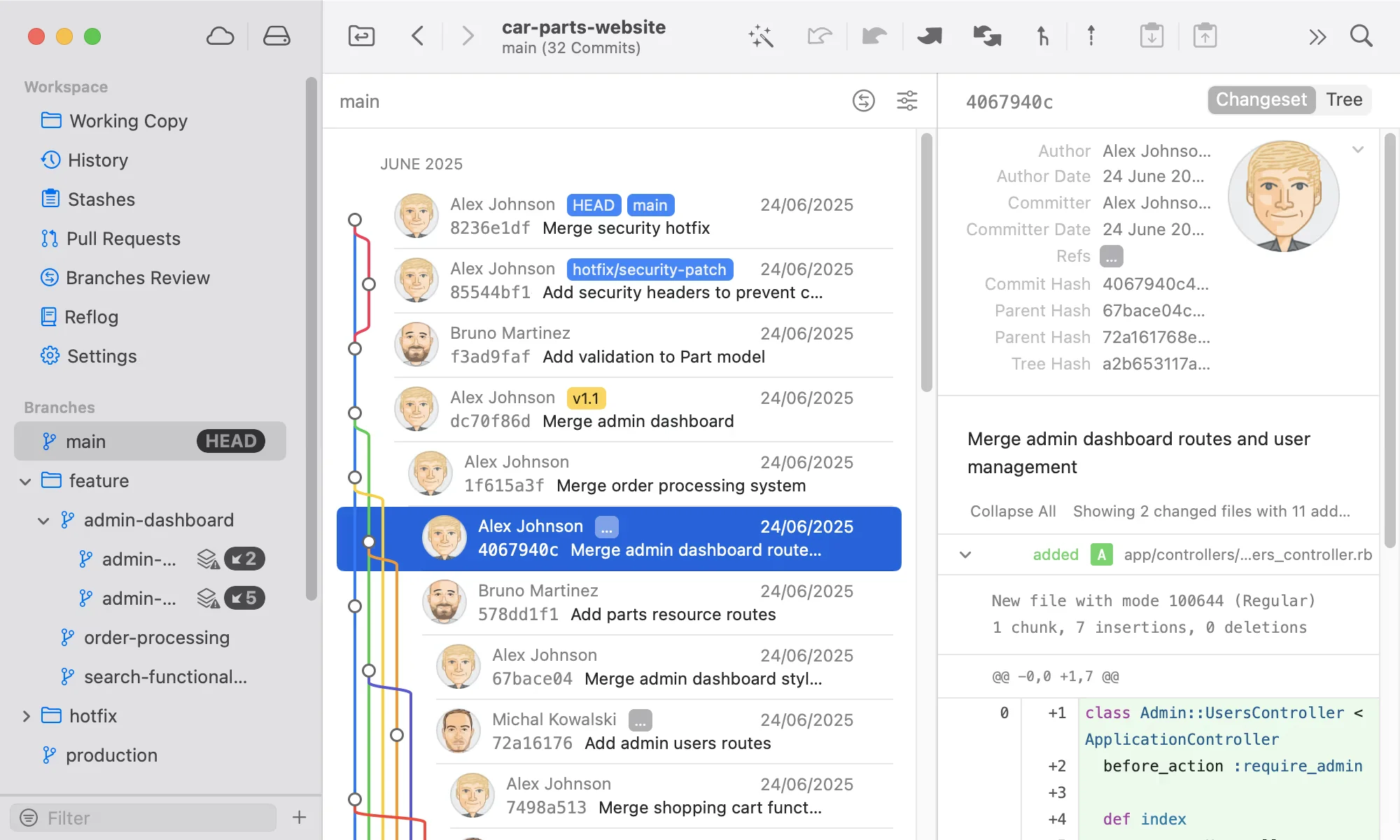
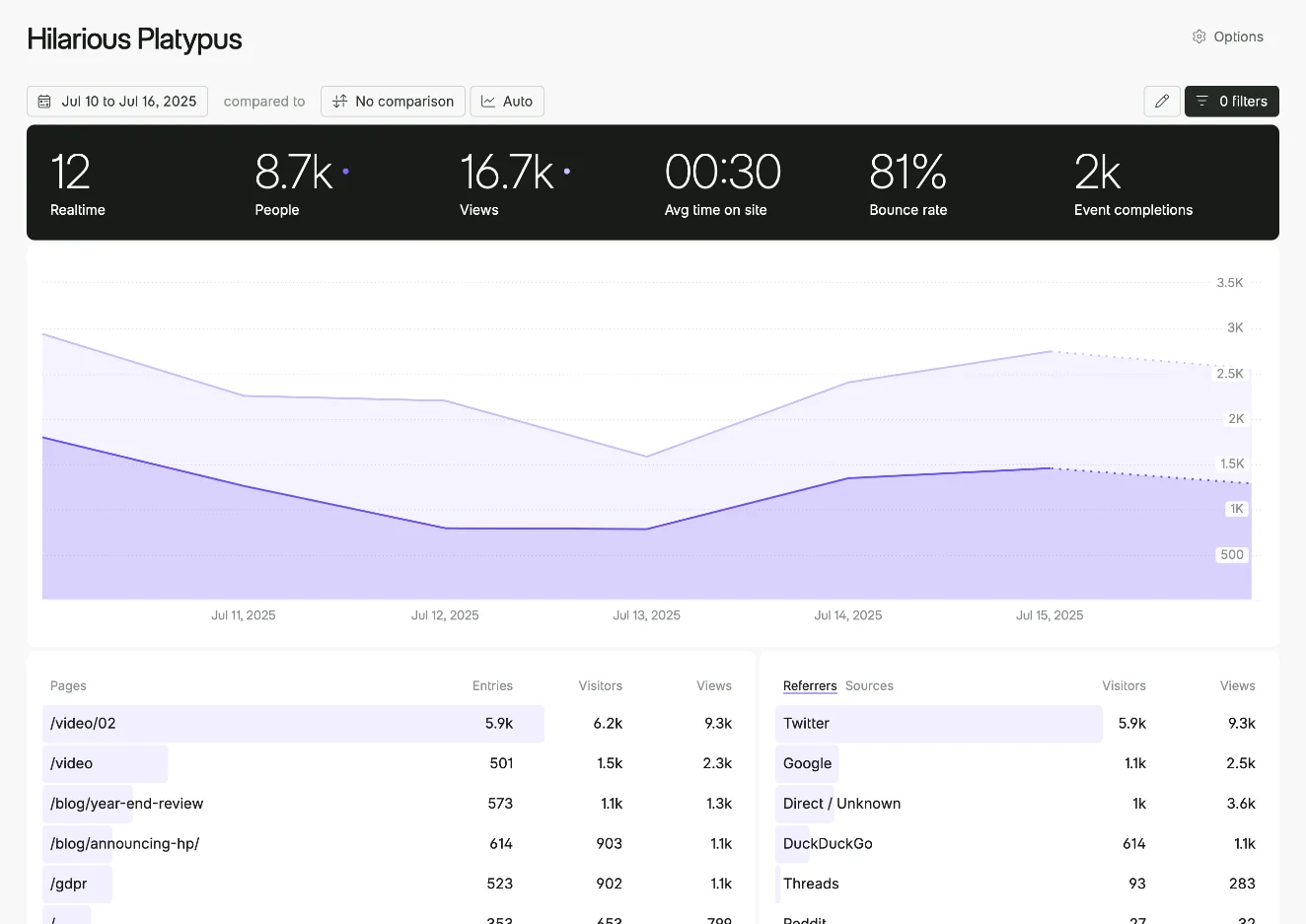
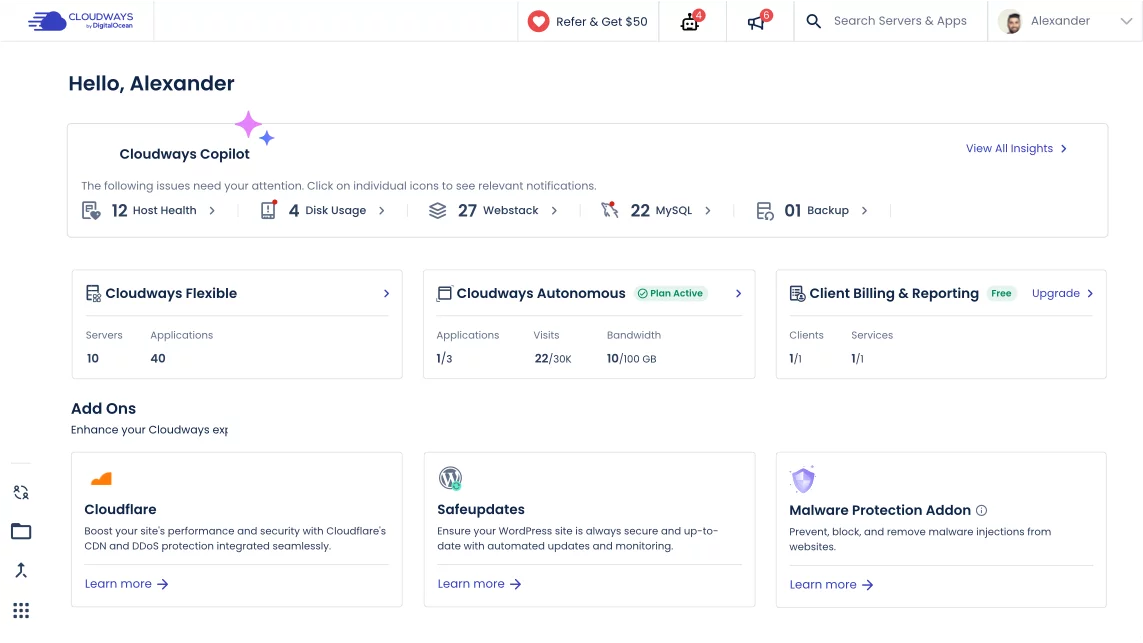
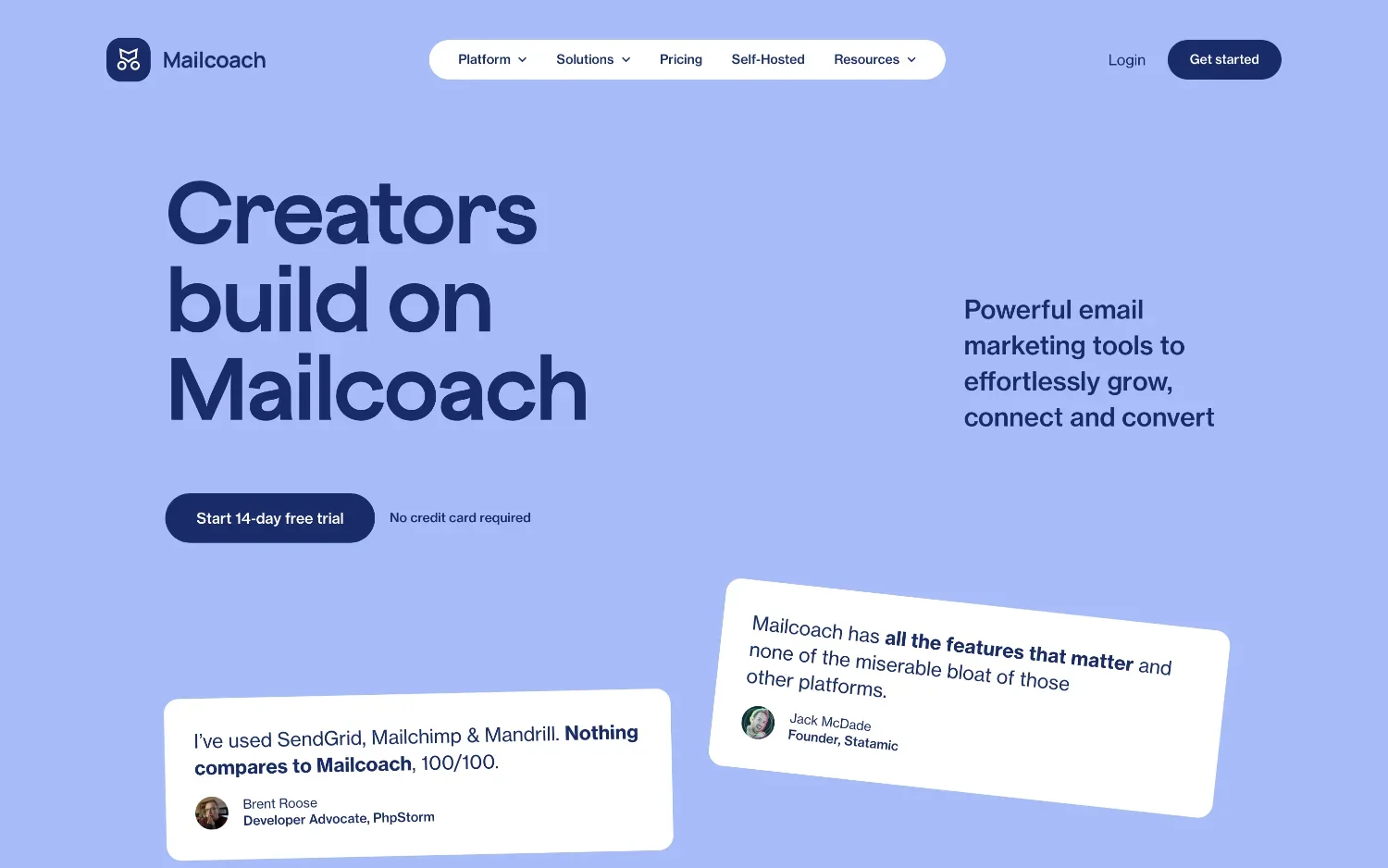
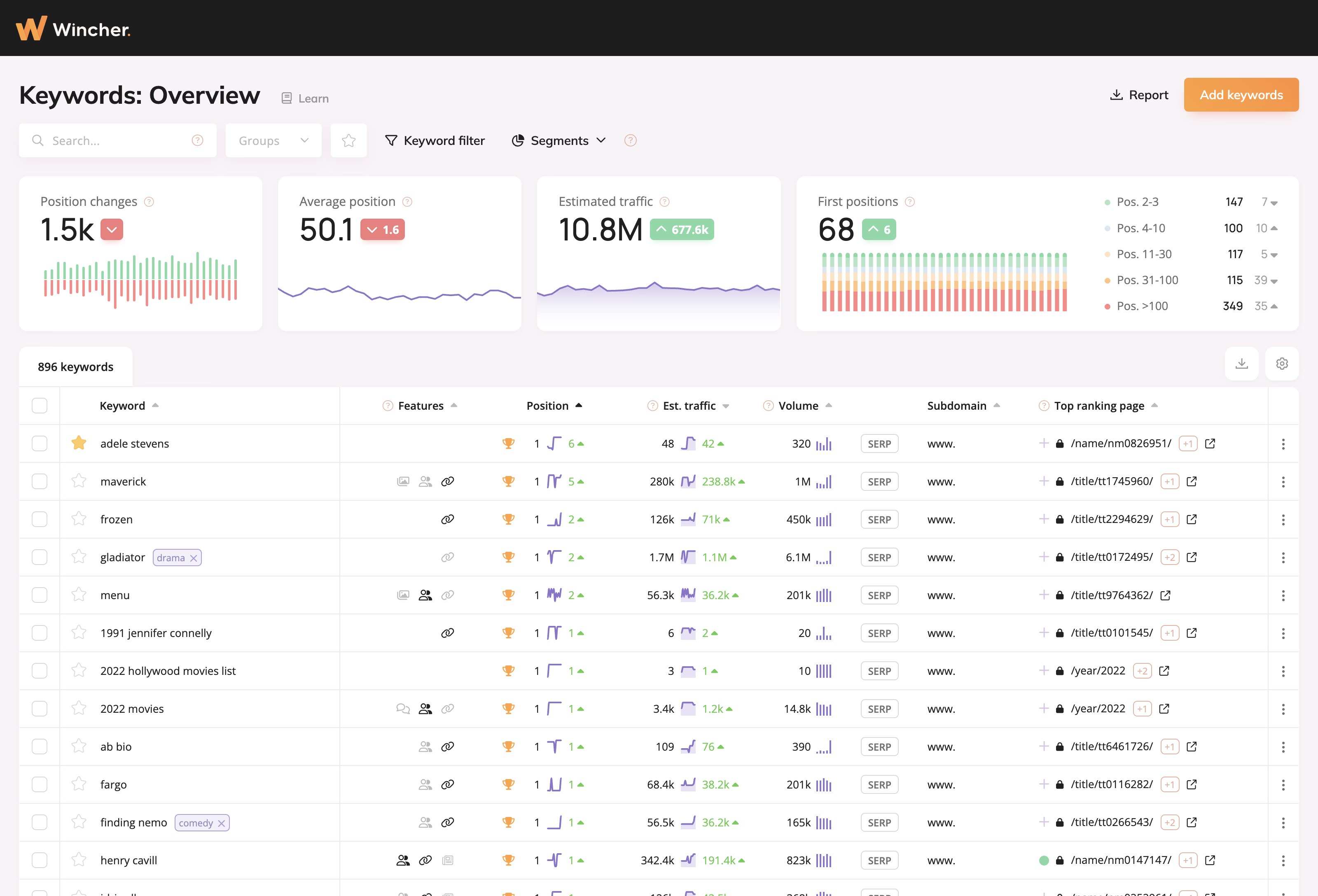
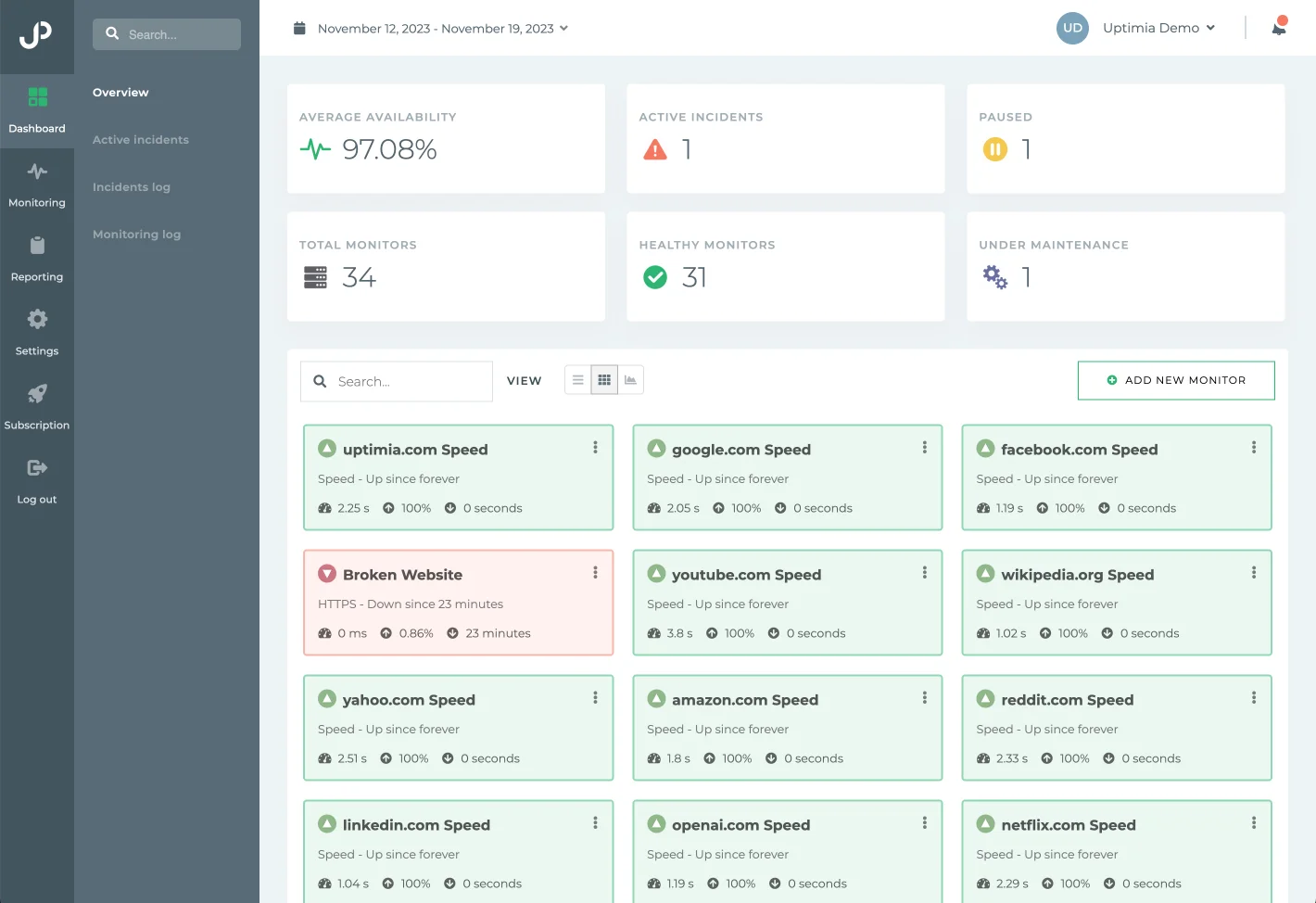

0 comments